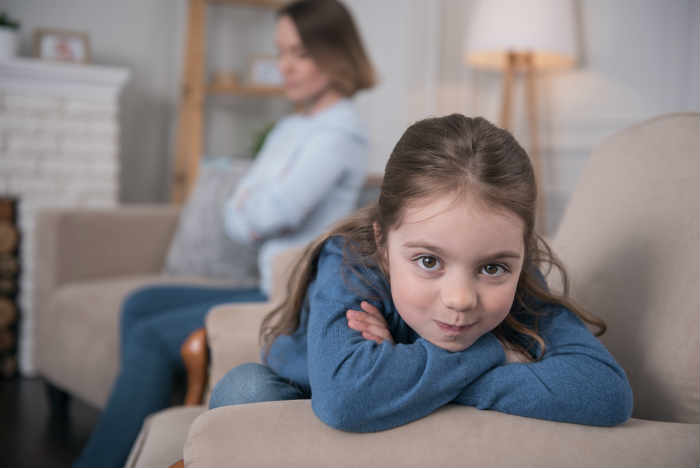











Peter Pan syndrome is not a clinical diagnosis but rather a term that describes someone (usually male) who refuses to grow up, avoids personal and professional responsibilities, and displays a general unwillingness to face the adult world.[1] There is also a related slang term tossed around called “manolescent” describing a man who eludes all adult responsibilities.

Over a century ago, J. M. Barrie came up with the character of Peter Pan or the Boy Who Wouldn’t Grow Up. Peter Pan represents the fantasy that many people have at some point in their lives of not having to mature and deal with adult responsibilities. However, in an American adaptation of the Peter Pan story starring Robin Williams called Hook, Peter Pan actually does grow up and becomes a man who takes his job too seriously, misses out on time with his family, and forgets how to have fun.
No one wants to become that person. Indeed, students often love their time at college because they are free and independent but without the responsibilities of an adult in the workforce. But taking on responsibility and growing up should not be feared; maturity brings wisdom and many benefits and does not need to be achieved at the expense of a joyful life.
Someone who fits the description of Peter Pan syndrome may display the following symptoms:[2]
It can be difficult to watch someone you care about exhibit behaviors associated with Peter Pan syndrome. You may be worried that they will not be able to care for themselves on their own. However, it is important to not enable this kind of behavior. In order for them to continue living this way, they need someone to support them.
So, if you stop supporting their behavior, it will be difficult for them to continue the zero-responsibility lifestyle. It also helps if you can remove some of the tools they rely on to avoid accountability and distract themselves from becoming productive members of society. For example, if they are spending all their time online, it can help to remove these temptations from their daily life.
The next step would include adding responsibilities into their life. Help them grow in self-confidence and show them that they are capable of handling adult responsibilities. These actions will help them to understand that while it can be really challenging to be a responsible adult, there are also some great benefits.
When helping someone with Peter Pan syndrome to make major lifestyle changes, there will be push back. They are likely going to resist the idea of growing up. They will need some tough love but it will be important to also provide encouragement.
Part of what they may need to explore is what might be keeping them from avoiding responsibilities to begin with. Becoming an adult and dealing with greater responsibilities along with real world problems can be terrifying. If it is fear that’s holding them back, it would be helpful for them to work through that fear. Whatever the underlying issue might be, seeking professional support can be a great first step to helping the person who just doesn’t want to grow up.
References